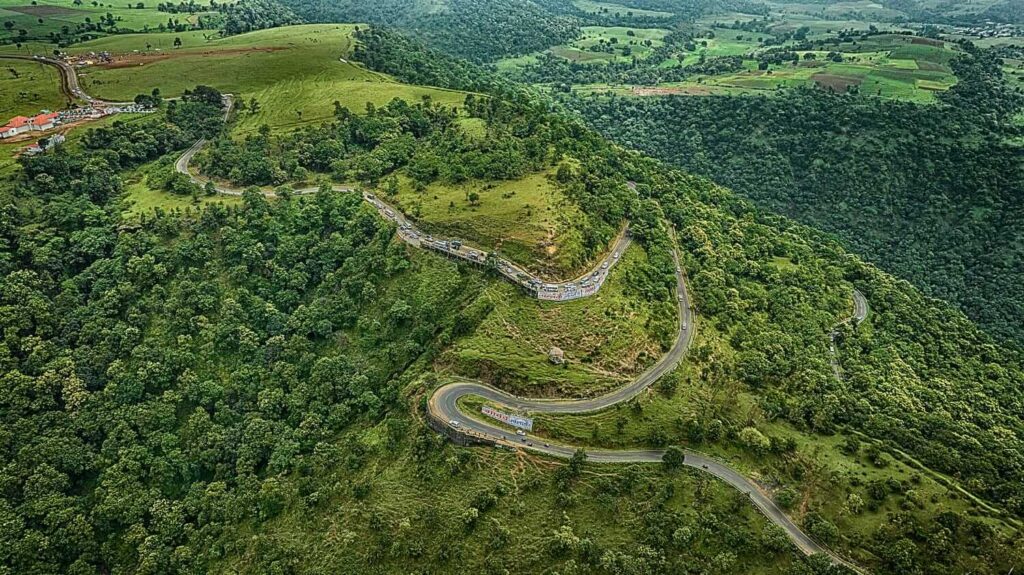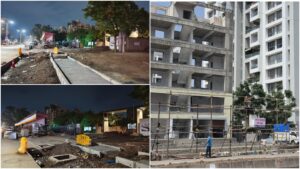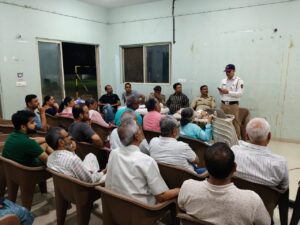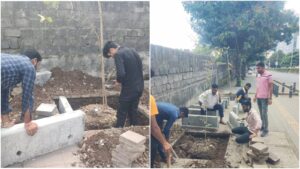Maharashtra’s Remote Villages Still Struggle Without Aadhaar, Decades After Independence

Maharashtra’s Remote Villages Still Struggle Without Aadhaar, Decades After Independence
Tucked deep in the forests of Maharashtra’s Melghat region, there are villages where time seems to have stood still. While cities move ahead with digital India, smart IDs, and online services, many tribal communities here are still fighting for the most basic proof of identity: the Aadhaar card. Without it, they’re invisible in the eyes of the system. For these villagers, daily life is a constant reminder that development has skipped them.
In Melghat, especially in places like the Chikhaldara taluka, the absence of Aadhaar cards has cut tribal families off from services that most of us take for granted. Children can’t access government scholarships because their bank accounts can’t be opened. Farmers don’t receive compensation for damaged crops. Pregnant women miss out on essential maternity benefits.
Aadhaar has become the gateway to almost every welfare scheme in India. Without it, people here are not just missing opportunities—they’re living in constant uncertainty.
Why Aadhaar Enrollment Fails
Getting an Aadhaar card might sound simple, but for these villagers, the process is full of roadblocks:
Many lack official documents like birth certificates or school records—documents needed to prove identity and age.
Most are first-generation learners or haven’t been to school at all, so they have no educational proof.
Biometric challenges are common: aged or labor-worn fingerprints often don’t scan properly, and iris scans can fail.
As a last resort, people try to get their identity verified through a court process—but this costs over ₹5,000, and even then, there’s no guarantee of success.
With little awareness and no support, many simply give up.
Exploitation by Enrollment Centers
Desperation has led many to private or third-party centers promising quick Aadhaar services. These are often unregulated and expensive. Villagers end up paying whatever is asked—only to return home with nothing.
Without education or guidance, many fall prey to fraud or false promises. There’s little oversight, and no clear way for them to follow up if their applications are rejected or lost.
Consequences of Missing Aadhaar
The lack of Aadhaar has real, painful consequences:
Education: Students can’t apply for government scholarships, mid-day meal benefits, or school-linked bank schemes.
Agriculture: Farmers miss out on crop insurance payouts and seasonal aid during droughts or floods.
Healthcare: Pregnant women are excluded from schemes offering free check-ups, nutrition support, or cash benefits.
And because they’re not officially “identified,” these citizens can’t even raise complaints or apply for other documents. They’re trapped in a cycle of invisibility.












